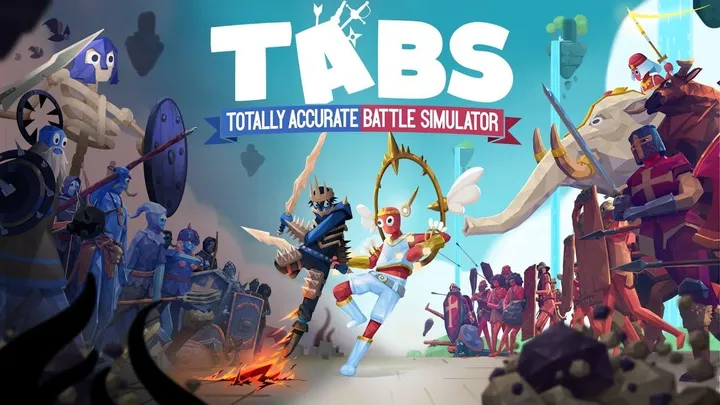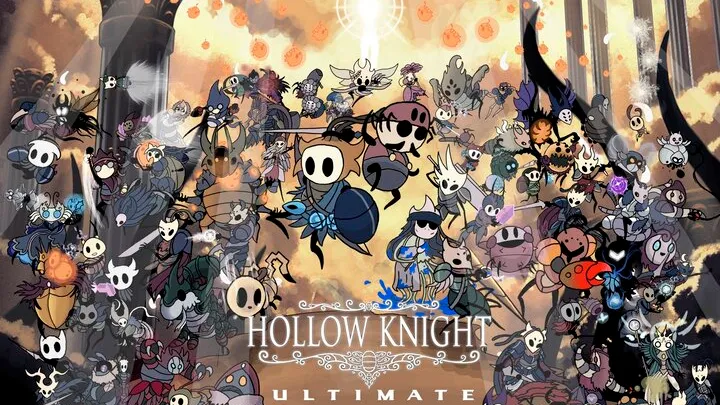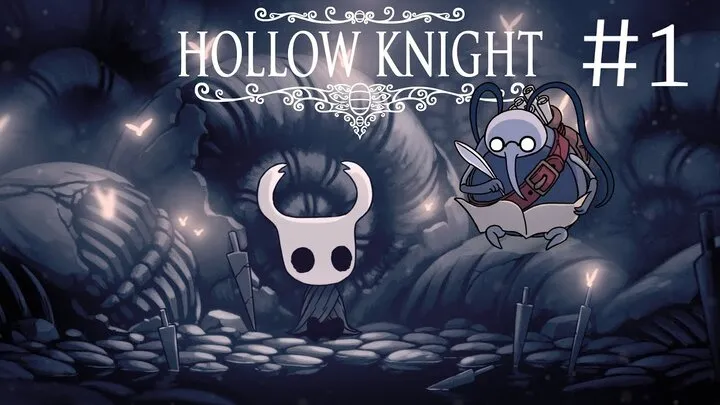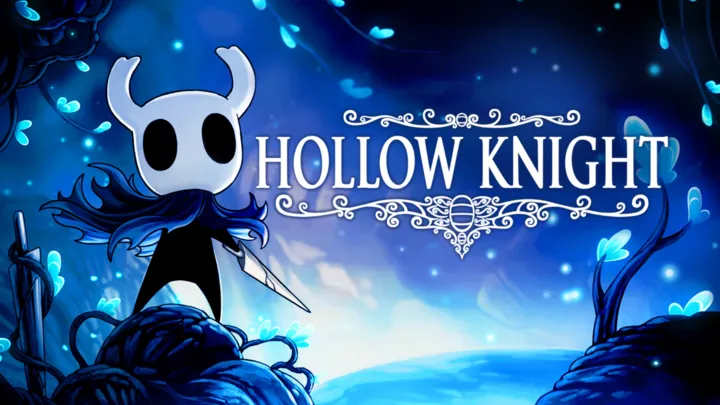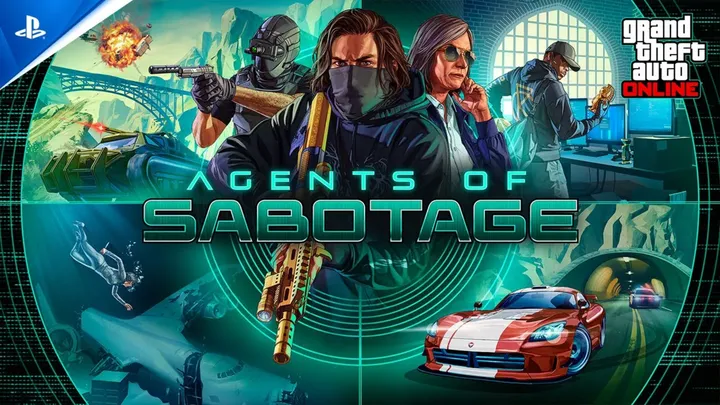Introduction
Esports has evolved from a niche hobby into a billion-dollar global phenomenon. What was once a gathering of friends in LAN cafés has transformed into stadium-sized events watched by millions worldwide. Behind this rapid growth are the games that not only captured players’ attention but also laid the foundation for competitive gaming. These titles set new standards, built loyal communities, and shaped the very future of esports.
In this article, we’ll explore 10 games that changed the future of esports, analyzing their gameplay, community impact, and overall influence on the industry.
1. StarCraft: Brood War (1998)
Game Introduction
Blizzard’s StarCraft: Brood War wasn’t just another real-time strategy game—it became the cornerstone of competitive gaming in South Korea and laid the foundation for esports as we know it.
Gameplay Analysis
The game’s mechanics demanded high APM (actions per minute), strategic foresight, and precise unit control. The asymmetry of the three factions—Terran, Protoss, and Zerg—offered near-perfect balance that kept the meta evolving for years.
Esports Impact
Brood War transformed gaming into a spectator sport, with televised matches in Korea drawing millions. Legendary players like BoxeR and Flash became national icons. The infrastructure built around StarCraft—leagues, sponsorships, and dedicated arenas—set the stage for the global esports boom.

2. Counter-Strike 1.6 (1999)
Game Introduction
Originally a Half-Life mod, Counter-Strike quickly grew into one of the most iconic competitive shooters ever.
Gameplay Analysis
The game’s simple yet tactical design—bomb plants, hostage rescues, and elimination rounds—rewarded teamwork, reflexes, and strategy. Every round mattered, and the economy system added layers of depth.
Esports Impact
Counter-Strike became a staple of LAN tournaments in the 2000s, fueling grassroots esports communities worldwide. Its enduring popularity inspired sequels like Counter-Strike: Source and eventually Counter-Strike: Global Offensive, which dominates competitive FPS esports to this day.
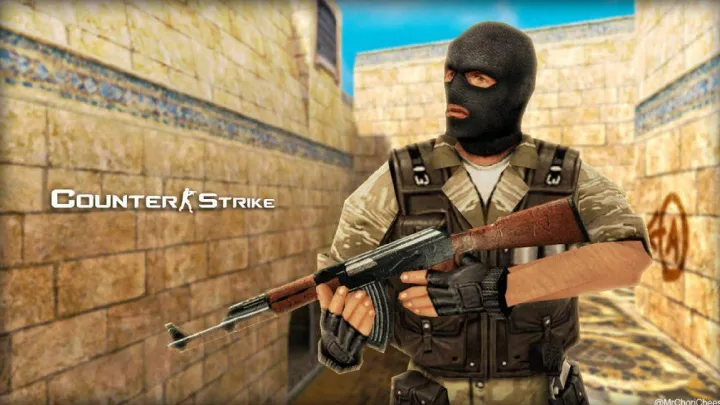
3. Warcraft III: Reign of Chaos & The Frozen Throne (2002–2003)
Game Introduction
Another Blizzard classic, Warcraft III introduced hero units and RPG-like elements to real-time strategy games.
Gameplay Analysis
The mix of base-building, micro-management, and powerful hero units created intense and strategic battles. Players needed both macro skills and micro precision to succeed.
Esports Impact
Warcraft III fostered global competitions, producing legendary players like Moon and Grubby. But perhaps its biggest legacy is indirect: it spawned Defense of the Ancients (DotA), the mod that birthed the MOBA genre and redefined esports in the next decade.
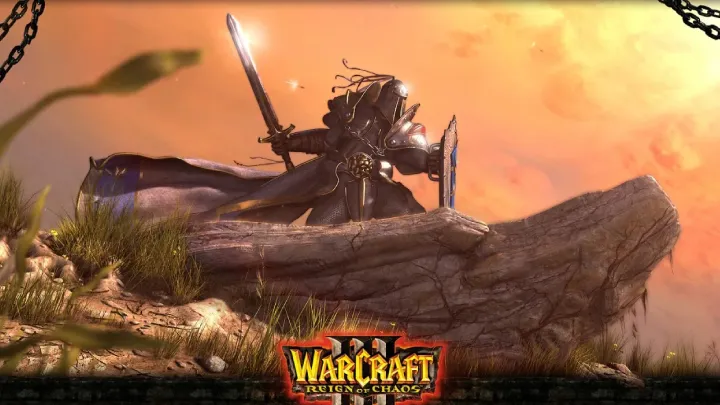
4. Defense of the Ancients (DotA) (2003)
Game Introduction
Born as a community-made mod for Warcraft III, DotA revolutionized competitive gaming.
Gameplay Analysis
Five players per team battled to destroy the enemy’s Ancient, requiring strategic coordination, hero mastery, and teamwork. Unlike traditional RTS games, DotA shifted focus to unit control and map awareness.
Esports Impact
DotA cultivated a global competitive scene despite being a community project. It was the blueprint for modern MOBAs, directly leading to Dota 2 and League of Legends, both of which dominate today’s esports.
5. League of Legends (2009)
Game Introduction
Developed by Riot Games, League of Legends (LoL) streamlined the MOBA formula and made it more accessible.
Gameplay Analysis
LoL emphasized fast-paced matches, regular updates, and a constantly evolving champion roster. Riot’s commitment to balance patches ensured competitive integrity.
Esports Impact
LoL professionalized esports on a scale never seen before. The League of Legends World Championship fills stadiums and attracts millions of online viewers annually. Riot’s franchised leagues (LCS, LEC, LCK, LPL) set a new business standard for esports organizations worldwide.
6. Dota 2 (2013)
Game Introduction
Valve’s spiritual successor to DotA, Dota 2 retained the complexity and depth of the original while offering modern graphics and global accessibility through Steam.
Gameplay Analysis
With over 100 heroes, infinite item combinations, and near-limitless strategic depth, Dota 2 rewards creativity and teamwork.
Esports Impact
Dota 2 is home to The International, one of the most prestigious esports tournaments, famous for its record-breaking prize pools funded by the community. It pushed esports into mainstream media coverage and redefined financial possibilities for competitive gaming.
7. Counter-Strike: Global Offensive (CS:GO) (2012)
Game Introduction
CS:GO modernized the Counter-Strike formula while retaining its tactical essence.
Gameplay Analysis
With updated graphics, refined mechanics, and regular content updates, CS:GO balanced accessibility with competitive depth. The introduction of skins also created a thriving virtual economy.
Esports Impact
CS:GO solidified itself as the premier competitive FPS, with Majors sponsored by Valve and countless third-party leagues worldwide. Its longevity and consistent popularity prove the timeless appeal of tactical shooters.
8. Overwatch (2016)
Game Introduction
Blizzard once again innovated, this time blending FPS with MOBA elements to create Overwatch.
Gameplay Analysis
Hero-based combat with unique abilities emphasized both aim and strategy. Team composition, coordination, and ultimate ability timing made matches dynamic and unpredictable.
Esports Impact
Overwatch brought mainstream attention with the Overwatch League (OWL), modeled after traditional sports franchises. Although OWL has struggled in recent years, it set a precedent for city-based esports leagues and attracted major non-endemic investors.
9. Fortnite (2017)
Game Introduction
Epic Games’ Fortnite was more than just a battle royale—it was a cultural phenomenon.
Gameplay Analysis
The unique building mechanic distinguished Fortnite from other shooters, requiring fast reflexes, spatial awareness, and mechanical skill. Constant updates and in-game events kept the game fresh.
Esports Impact
Fortnite’s World Cup offered a $30 million prize pool, turning teenagers into overnight millionaires. Its crossover with pop culture (concerts, movies, brands) blurred the line between gaming and mainstream entertainment, expanding esports’ reach to new audiences.
10. Valorant (2020)
Game Introduction
Riot Games struck gold again with Valorant, combining the tactical depth of Counter-Strike with hero abilities inspired by MOBAs.
Gameplay Analysis
Matches demand sharp aim, precise communication, and smart use of agent abilities. The blend of shooting fundamentals with strategic team play makes Valorant highly competitive.
Esports Impact
Valorant has rapidly grown into one of the largest FPS esports. Riot’s franchised Valorant Champions Tour (VCT) mirrors the structure of LoL esports, ensuring long-term sustainability. Its success shows the demand for fresh takes on classic competitive genres.
Conclusion
From StarCraft’s dominance in Korea to Valorant’s modern FPS revolution, these 10 games shaped the future of esports in unique ways. They introduced innovations in gameplay, redefined how tournaments are run, and elevated esports into mainstream recognition. Each title contributed to making competitive gaming not just entertainment but also a professional industry with global impact.
As esports continues to grow, it’s worth remembering that without these trailblazing games, the scene would look very different today. They are not just games—they are milestones in the history of competitive play.
